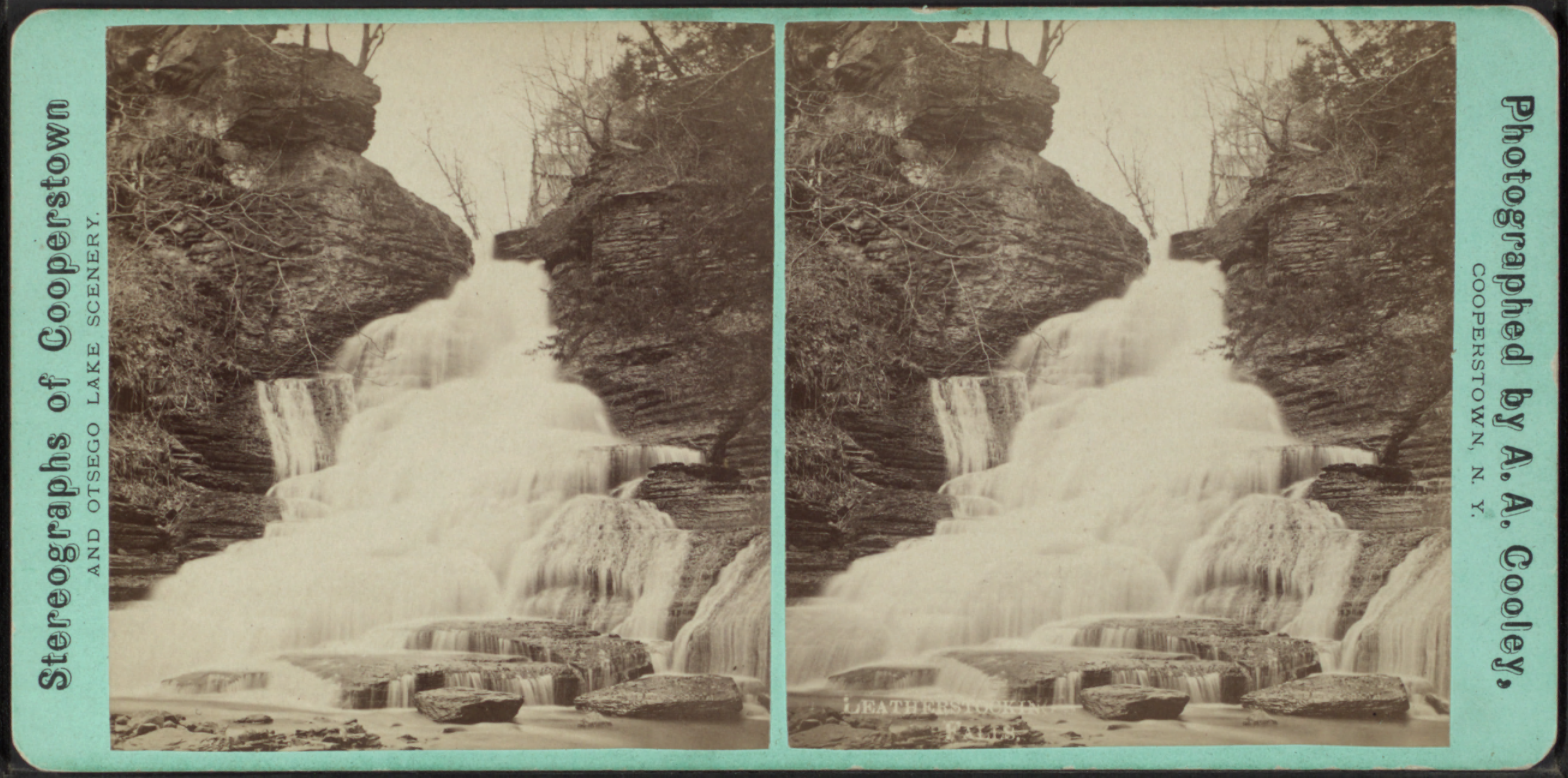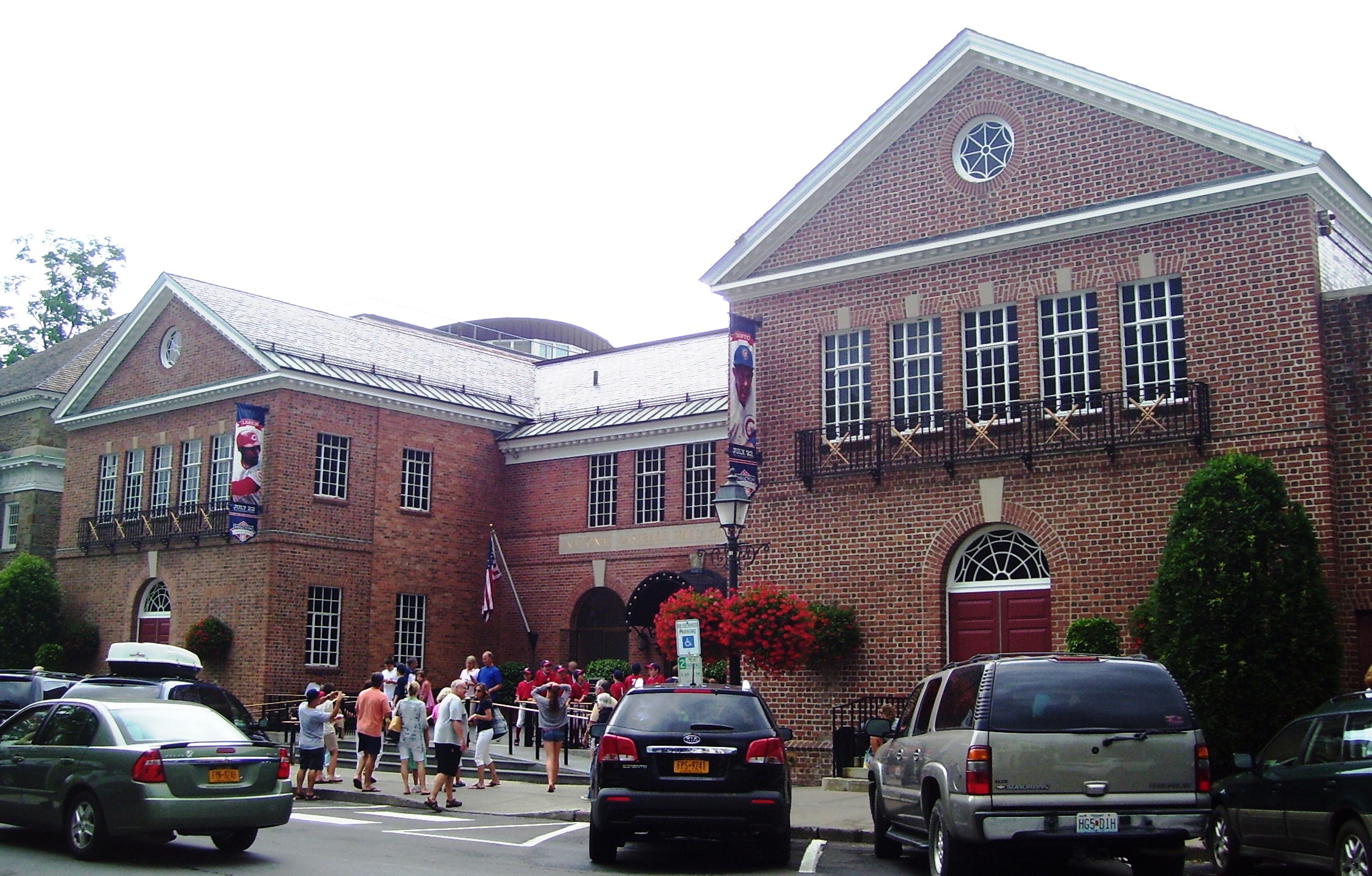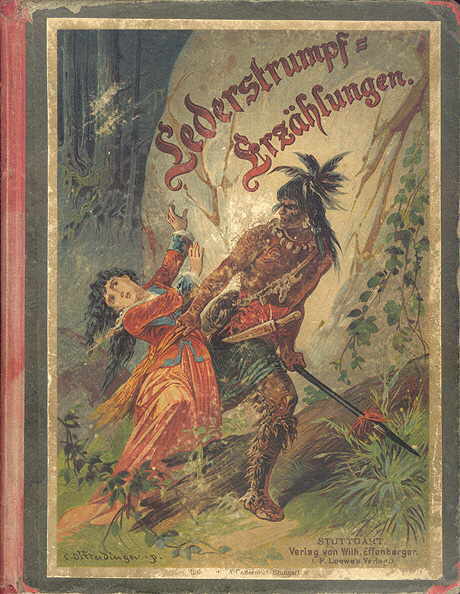|
Leatherstocking Falls
Leatherstocking Falls also known as "Panthers Leap", "Bear Cliff Falls" and "Deowongo Falls", is located on Leatherstocking Creek north of Cooperstown, New York. Deowongo translates to "place of hearing", coming from the Oneida Iroquois nation’s language. These falls are where, in James Fenimore Cooper's ''Leatherstocking Tales The ''Leatherstocking Tales'' is a series of five novels by American writer James Fenimore Cooper, set in the eighteenth-century era of development in the primarily former Iroquois areas in central New York. Each novel features Natty Bumppo, ...'', Leatherstocking saves the life of an Indian maiden. References {{Reflist Waterfalls of New York (state) Landforms of Otsego County, New York Tourist attractions in Otsego County, New York ... [...More Info...] [...Related Items...] OR: [Wikipedia] [Google] [Baidu] |
Leatherstocking Creek
Leatherstocking Creek is a small creek in central Otsego County, New York. It begins northwest of Pierstown and flows southeast then south before flowing into Otsego Lake north of Cooperstown, and just south of Three Mile Point. The historic Leatherstocking Falls also known as "Panthers Leap" and "Deowongo Falls", are located on this creek. These falls are where, in James Fenimore Cooper's ''Leatherstocking Tales The ''Leatherstocking Tales'' is a series of five novels by American writer James Fenimore Cooper, set in the eighteenth-century era of development in the primarily former Iroquois areas in central New York. Each novel features Natty Bumppo, ...'', Leatherstocking saves the life of an Indian maiden. References Rivers of New York (state) Rivers of Otsego County, New York {{OtsegoCountyNY-geo-stub ... [...More Info...] [...Related Items...] OR: [Wikipedia] [Google] [Baidu] |
Cooperstown, New York
Cooperstown is a village in and county seat of Otsego County, New York, United States. Most of the village lies within the town of Otsego, but some of the eastern part is in the town of Middlefield. Located at the foot of Otsego Lake in the Central New York Region, Cooperstown is approximately southwest of Albany, southeast of Syracuse and northwest of New York City. The population of the village was 1,852 as of the 2010 census. Cooperstown is the home of the National Baseball Hall of Fame and Museum. The Farmers' Museum in the village opened in 1944 on farmland that had once belonged to James Fenimore Cooper. The Fenimore Art Museum and Glimmerglass Opera are also based here. Most of the historic pre-1900s core of the village is included in the Cooperstown Historic District, which was listed on the National Register of Historic Places in 1980; its boundaries were increased in 1997 and more contributing properties were identified. History Native American use Before E ... [...More Info...] [...Related Items...] OR: [Wikipedia] [Google] [Baidu] |
Oneida People
The Oneida people (autonym: Onʌyoteˀa·ká·, Onyota'a:ka, ''the People of the Upright Stone, or standing stone'', ''Thwahrù·nęʼ'' in Tuscarora) are a Native American tribe and First Nations band. They are one of the five founding nations of the Iroquois Confederacy in the area of upstate New York, particularly near the Great Lakes. Originally the Oneida lived in what is now central New York, particularly around Oneida Lake and Oneida County. Today the Oneida have four federally recognized nations: the Oneida Indian Nation in New York, the Oneida Nation in and around Green Bay, Wisconsin, in the United States; and two in Ontario, Canada: Oneida at Six Nations of the Grand River and Oneida Nation of the Thames in Southwold. People of the Standing Stone The name Oneida is derived from the English pronunciation of ''Onyota'a:ka'', the people's name for themselves. ''Onyota'a:ka'' means "People of the Standing Stone". This identity is based on an ancient legend. The One ... [...More Info...] [...Related Items...] OR: [Wikipedia] [Google] [Baidu] |
James Fenimore Cooper
James Fenimore Cooper (September 15, 1789 – September 14, 1851) was an American writer of the first half of the 19th century, whose historical romances depicting colonist and Indigenous characters from the 17th to the 19th centuries brought him fame and fortune. He lived much of his boyhood and the last fifteen years of life in Cooperstown, New York, which was founded by his father William Cooper (judge), William Cooper on property that he owned. Cooper became a member of the Episcopal Church (United States), Episcopal Church shortly before his death and contributed generously to it. He attended Yale University for three years, where he was a member of the Linonian Society.#Lounsbury, Lounsbury, 1883, pp. 7–8 After a stint on a commercial voyage, Cooper served in the U.S. Navy as a midshipman, where he learned the technology of managing sailing vessels which greatly influenced many of his novels and other writings. The novel that launched his career was ''The Spy (Cooper nov ... [...More Info...] [...Related Items...] OR: [Wikipedia] [Google] [Baidu] |
Leatherstocking Tales
The ''Leatherstocking Tales'' is a series of five novels by American writer James Fenimore Cooper, set in the eighteenth-century era of development in the primarily former Iroquois areas in central New York. Each novel features Natty Bumppo, a frontiersman known to European-American settlers as "Leatherstocking", "The Pathfinder", and "the trapper". Native Americans call him "Deerslayer", "''La Longue Carabine''" ("Long Rifle" in French), and "Hawkeye". Publication history The story dates are derived from dates given in the tales and span the period roughly of 1740–1806. They do not necessarily correspond with the actual dates of the historical events described in the series, which discrepancies Cooper likely introduced for the sake of convenience. For instance, Cooper manipulated time to avoid making Leatherstocking 100 years old when he traveled to the Kansas plains in ''The Prairie''. The Natty Bumppo character is generally believed to be inspired, at least in part, by ... [...More Info...] [...Related Items...] OR: [Wikipedia] [Google] [Baidu] |
Waterfalls Of New York (state)
A waterfall is a point in a river or stream where water flows over a vertical drop or a series of steep drops. Waterfalls also occur where meltwater drops over the edge of a tabular iceberg or ice shelf. Waterfalls can be formed in several ways, but the most common method of formation is that a river courses over a top layer of resistant bedrock before falling on to softer rock, which erodes faster, leading to an increasingly high fall. Waterfalls have been studied for their impact on species living in and around them. Humans have had a distinct relationship with waterfalls for years, travelling to see them, exploring and naming them. They can present formidable barriers to navigation along rivers. Waterfalls are religious sites in many cultures. Since the 18th century they have received increased attention as tourist destinations, sources of hydropower, andparticularly since the mid-20th centuryas subjects of research. Definition and terminology A waterfall is generally d ... [...More Info...] [...Related Items...] OR: [Wikipedia] [Google] [Baidu] |
Landforms Of Otsego County, New York
A landform is a natural or anthropogenic land feature on the solid surface of the Earth or other planetary body. Landforms together make up a given terrain, and their arrangement in the landscape is known as topography. Landforms include hills, mountains, canyons, and valleys, as well as shoreline features such as bays, peninsulas, and seas, including submerged features such as mid-ocean ridges, volcanoes, and the great ocean basins. Physical characteristics Landforms are categorized by characteristic physical attributes such as elevation, slope, orientation, stratification, rock exposure and soil type. Gross physical features or landforms include intuitive elements such as berms, mounds, hills, ridges, cliffs, valleys, rivers, peninsulas, volcanoes, and numerous other structural and size-scaled (e.g. ponds vs. lakes, hills vs. mountains) elements including various kinds of inland and oceanic waterbodies and sub-surface features. Mountains, hills, plateaux, and plains are the fo ... [...More Info...] [...Related Items...] OR: [Wikipedia] [Google] [Baidu] |




.jpg)